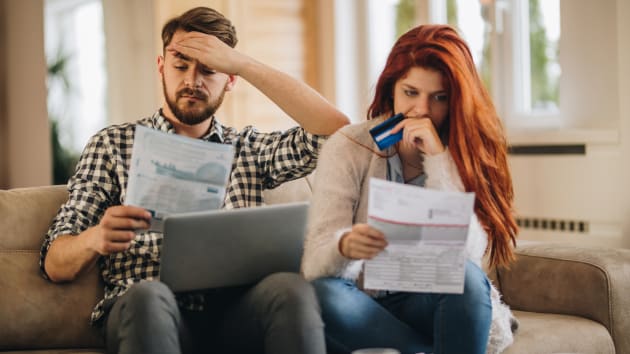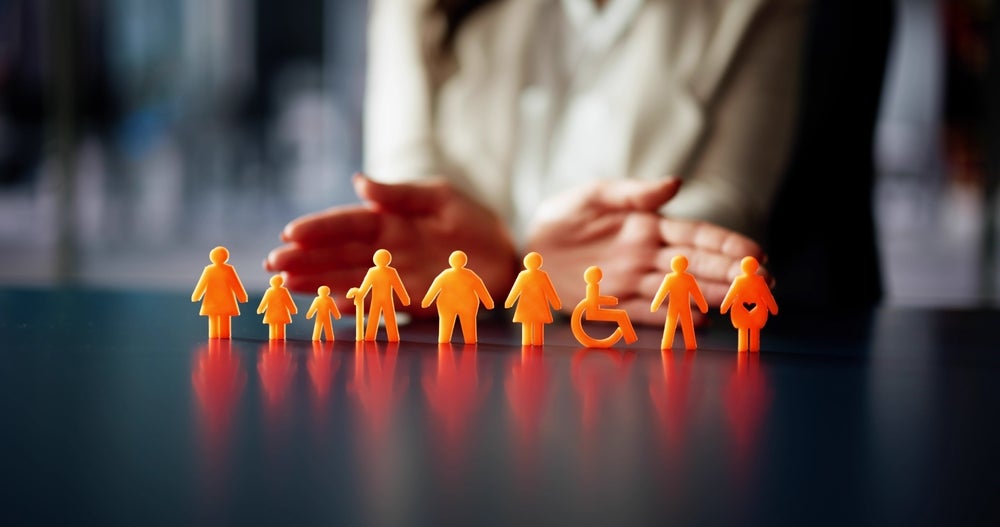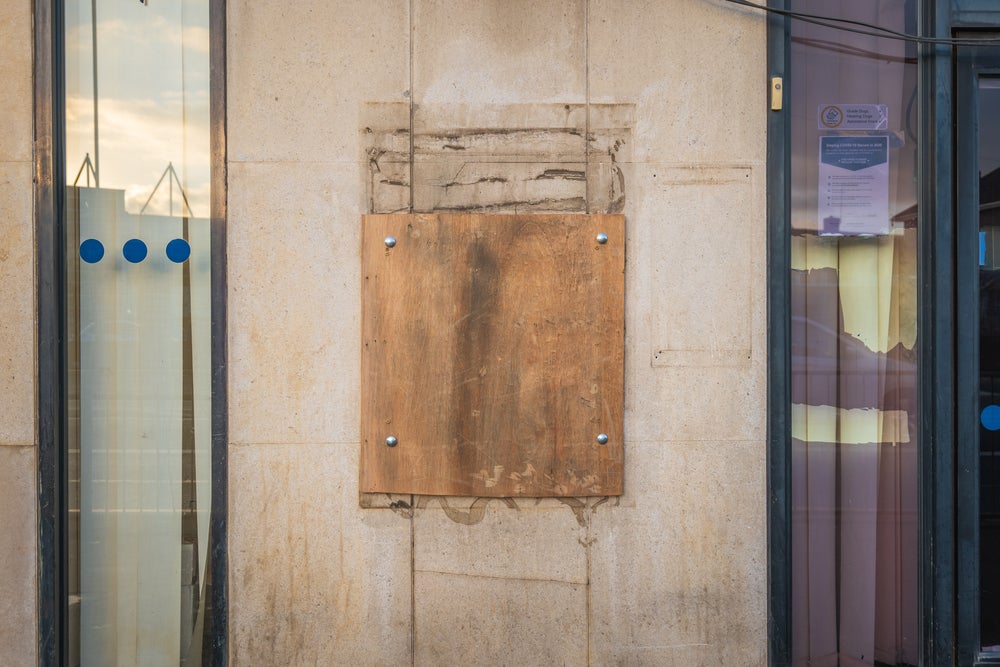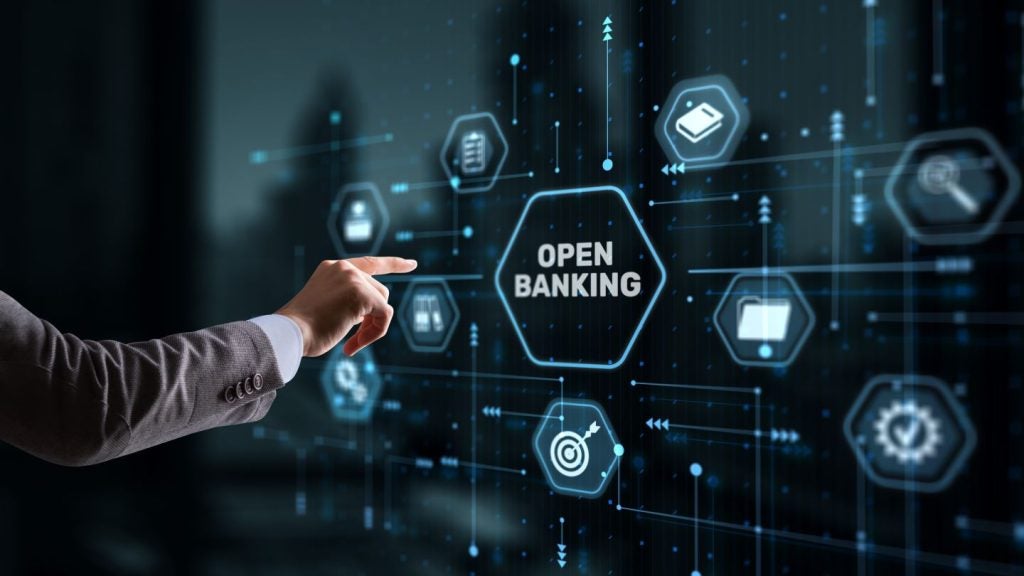
As consumers’ finances continue to be clobbered by the devastating covid-19 pandemic, an unprecedented number of credit card customers in the US are finding themselves unable to make payments.
More than 59% of US credit card users – or 110 million adults – entered into the COVID-19 pandemic dragging credit card debt, according to credit card analysts at Bankrate.com.
A majority of those – 56% – had been carrying that debt for at least one year.
Dispelling myths, a lot of that debt was racked up from necessary spending. The most common reasons cited were medical bills, car repairs or home maintenance, with 35% of respondents; followed by day-to-day expenses, with 26%.
“It’s usually day-to-day living like groceries and childcare, or it’s some kind of emergency with your house your home or your car,” said Ted Rossman, an industry analyst.
Discretionary spending accounted for 31% of the total.
How well do you really know your competitors?
Access the most comprehensive Company Profiles on the market, powered by GlobalData. Save hours of research. Gain competitive edge.

Thank you!
Your download email will arrive shortly
Not ready to buy yet? Download a free sample
We are confident about the unique quality of our Company Profiles. However, we want you to make the most beneficial decision for your business, so we offer a free sample that you can download by submitting the below form
By GlobalDataInterest rates can be as much as 25% or more, which makes it harder to pay balances down. And the coronavirus’ effect on the economy could make it more difficult to manage those debts, Rossman said.
Credit card debt is “easy to get into, but difficult to get out of,” he said.
Limited option for many
One strategy to deal with the debt – transferring to a zero percent balance transfer card – has become more difficult as credit card issuers have pulled back on these deals due to a negative outlook on the economy and job market, he said.
You can still get one of these deals if you have a good credit score – 700 points or more – and a job with income. “It’s a good a deal as ever, because it requires no interest for up to 21 months,” Rossman said.
“But a lot of people can’t get those nowadays.” Consequently, the strategy for dealing with this debt has changed.
Getting relief
A lot of credit card issuers are offering to give a break to individuals who are having a tough time paying their bills.
That may include changing your payment due date or allowing you to skip a payment. If that doesn’t involve charging you more interest, it could be a good deal, Rossman said.
Building a cash reserve
The conventional wisdom has been to put as much money as possible toward your credit card debts.
However, during tough times, you may want to consider something else: building up your cash reserves, Rossman said. “For a lot of people, the credit card is the emergency fund.”
What the industry can expect: 2 possible scenarios
How much consumer debt ultimately goes bad depends largely on how bad the job market gets.
Experts contemplate very divergent scenarios for how the coronavirus pandemic plays out, and its effect on consumers’ likelihood for repaying debts like credit cards.
The optimistic scenario:
In this scenario, these measures help borrowers who are temporarily furloughed or out of work, avoiding the wave of losses that would have hit if they’d quickly written off any delinquent debts.
Payments resume as consumers slash their discretionary spending, various forms of government assistance kick in, tax refund checks arrive, and the economy picks back up.
The pessimistic scenario:
In a less upbeat scenario, unemployment rises and stays high. Consumers spend through their government aid and burdened banks tighten access to credit. Rather than help consumers get back on their feet, giving people more time to pay just delays the pain that will later arrive.
Consumer-loan charge-offs as a percentage of loans reached 2.3% of outstanding loans late last year, according to Federal Reserve figures. If this episode is anything like the financial crisis, that rate could more than double.
For many years, credit-card debt kept many consumers afloat. Now that the debt bubble is bursting, lenders and borrowers alike are preparing for pain.







